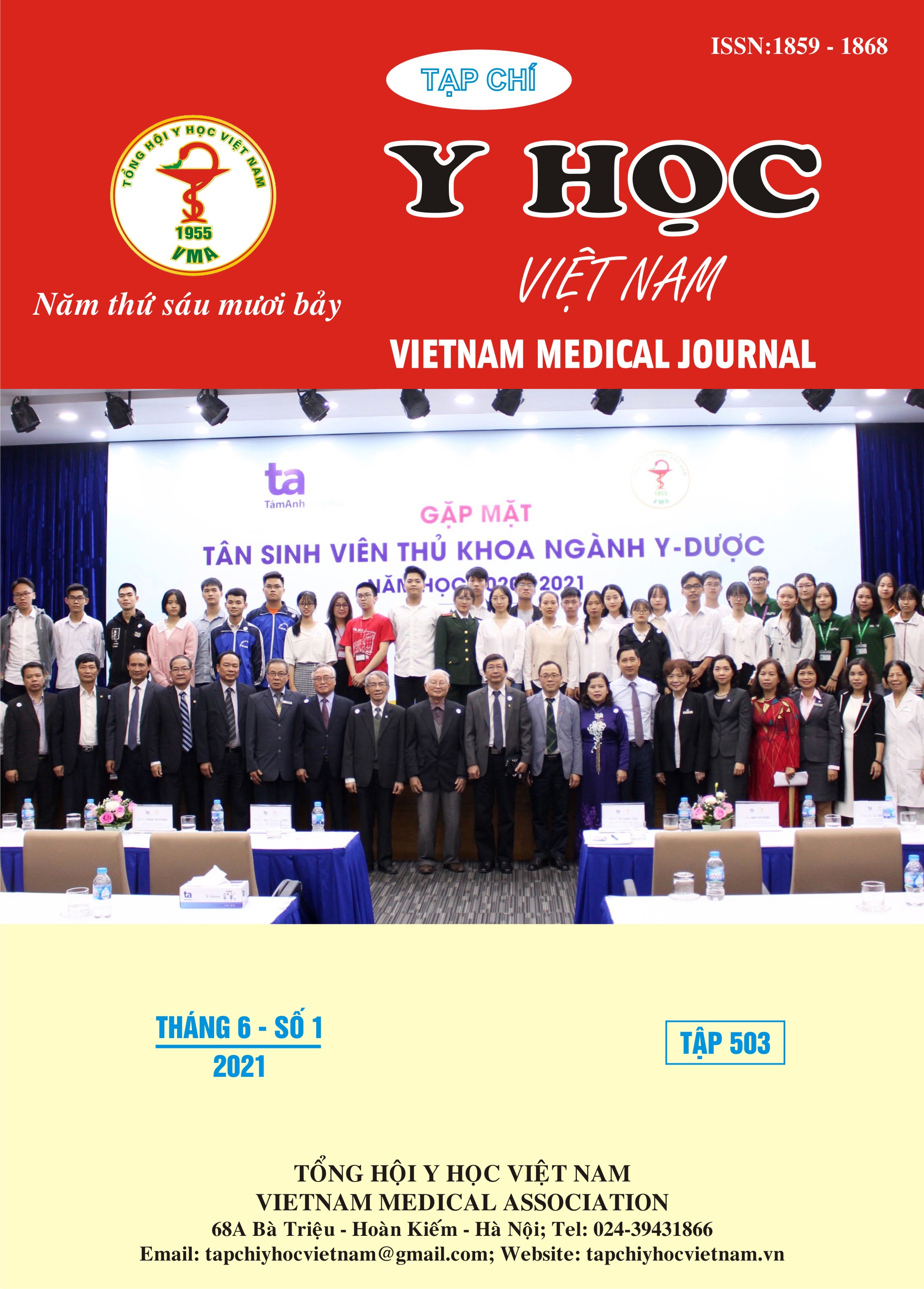EVALUATION OF MR IMAGING IN DIAGNOSING PERIPHERAL VASCULAR MALFORMATION
Main Article Content
Abstract
Purpose: The purpose of this study were to describe the MR Imaging of peripheral vascular malformations. Method: Prospective interventional study of series cases without controlled. Patients who has been diagnosed with peripheral vascular malformations from June 2016 to March 2019 at Gia Dinh People's Hospital, chosen base on the research records. All patients underwent clinical examination, MR imaging and Digital Subtraction Angiography - DSA studies. Diagnosis of peripheral vascular malformation is based on Internal society for the study of vascular anomalies– ISSVA 2014classification. Results: Data from 103 patients, including 35 men (34%) and 68 women (66%). The average age is 24.2 ± 14.1, most seen in group lower 18 years old (55.3%). Diagnosis of vascular malformations according to ISSVA 2014 classification, 72.8% are venous malformations (VM), 15.5% are arteriovenous malformations (AVM), the rest are other vascular malformations. There is no significant difference in age or sex for the types of vascular malformations. For slow- flow vascular malformations, Magnetic resonance imaging (MRI) accurately diagnoses 100% of cases. However, with high-flow vascular malformation, valuation of MRI is only 46.7%. Conclusions: MRI play an important role in making precise diagnosis, as well as visualizing the anatomically correlation to the surrounding structures, follow up post- treatment.
Article Details
Keywords
Peripheral vascular malformation, Lymphatic malformation, Venous malformation, arteriovenous malformations, capilary malformation
References
2. Yakes W. F. (2015), "Yakes’ AVM classification system". Journal of Vascular and Interventional Radiology, 26 (2), pp. S224.
3. Nguyễn Công Minh (2013), “Đánh giá điều trị dị dạng mạch máu bẩm sinh ở người lớn trong 6 năm (2005-2010)”. Tạp chí Y học TPHCM, 17.
4. Tasnádi G. (1993), “Epidemiology and etiology of congenital vascular malformations”. Semin Vasc Surg, 6 (4), pp. 200-3.
5. Arnold R., Chaudry G. (2011), “Diagnostic imaging of vascular anomalies”. Clin Plast Surg, 38 (1), pp. 21-9.
6. Rak K. M., Yakes W. F., Ray R. L., et al. (1992), “MR imaging of symptomatic peripheral vascular malformations”. AJR Am J Roentgenol, 159 (1), pp. 107-12.
7. Ohgiya Y., Hashimoto T., Gokan T., et al. (2005), “Dynamic MRI for distinguishing high-flow from low-flow peripheral vascular malformations”. AJR Am J Roentgenol, 185 (5), pp. 1131-7.


